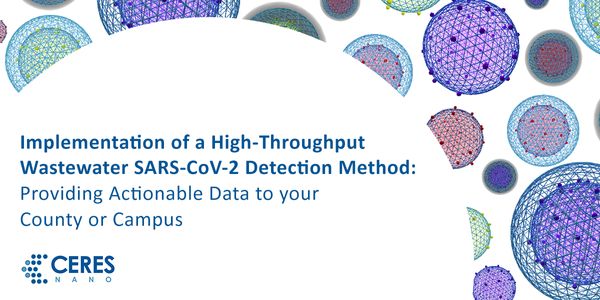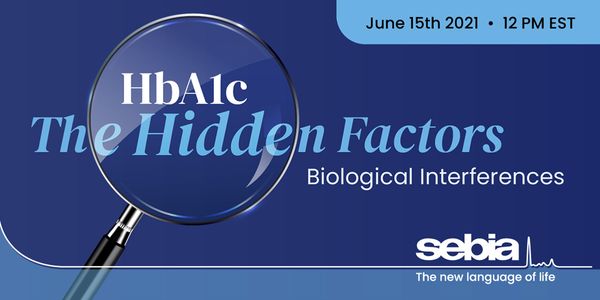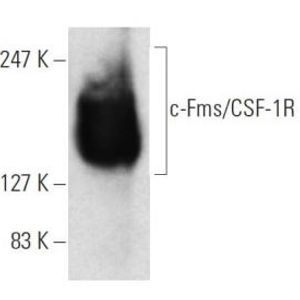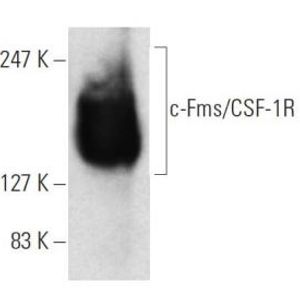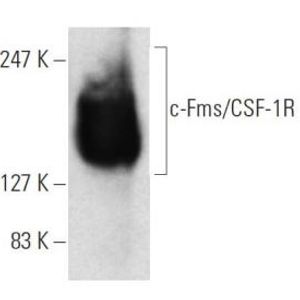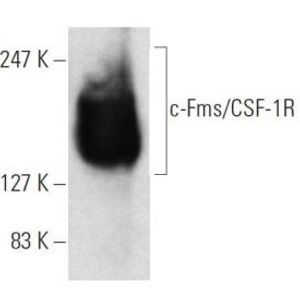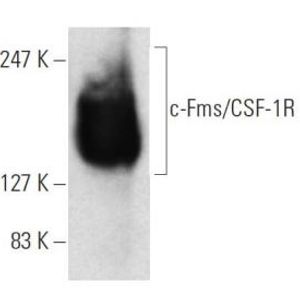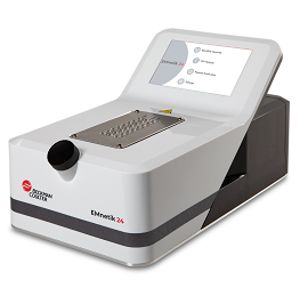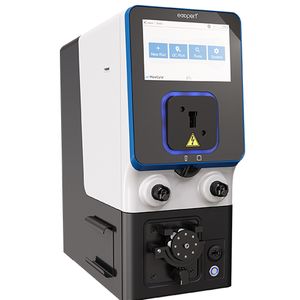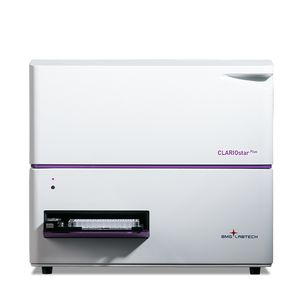Health & Medicine Webinars
Learn about the latest medical breakthroughs by participating in webinars on topics surrounding disease, prevention and treatment in accordance with the latest research in health and medicine. Updates encompass a biological, psychological and sociological understanding of health.
Show More
-
JUN 16, 2021 | 11:00 AMDate: June 16, 2021 Time: 11:00am (PDT), 2:00pm (EDT) Large-scale wastewater surveillance can be used to help communities monitor infection dynamics for SARS-CoV-2. Wide-spread implementatio...
-
JUN 15, 2021 | 9:00 AMDate: June 15, 2021 Time: 9:00am PDT HbA1c is routinely used in the clinical laboratory to diagnose and monitor diabetes mellitus. Many methods have been standardized to provide precise and...
-
Since 2008, when the synthetic cannabinoid receptor agonists (SCRAs) JWH-018 and CP47,497 were first detected, a total of over 200 SCRAs have now been reported worldwide. Whilst the drivers...
High volume clinical MS proteomic evaluation of plasma samples enriched for exosomes offering a real-time and non-invasive perspective of changing maternal and fetal tissues....
JUN 10, 2021 | 8:00 AM
Date: June 10, 2021 Time: 8:00am (PDT), 11:00am (EDT) With the new Leica Nano Workflow, searching for the needle in the haystack is a thing of the past. Take advantage of correlative light a...
Currently laboratory research demands more application versatility and certainty for metabolite identification, targeted compound screening, and the ability to identify true unknown compound...
JUN 09, 2021 | 8:00 AM
DATE: June 9, 2021 TIME: 8:00am PDT Analyzing antigen-specific T cells is essential to understand fundamental immunological processes in the contexts of immuno-oncology, infectious dise...
As diseases are complex, the biopharmaceuticals developed for their treatment are becoming more and more complex too. Advanced LC and MS hardware and software products from Thermo Fisher Sci...
